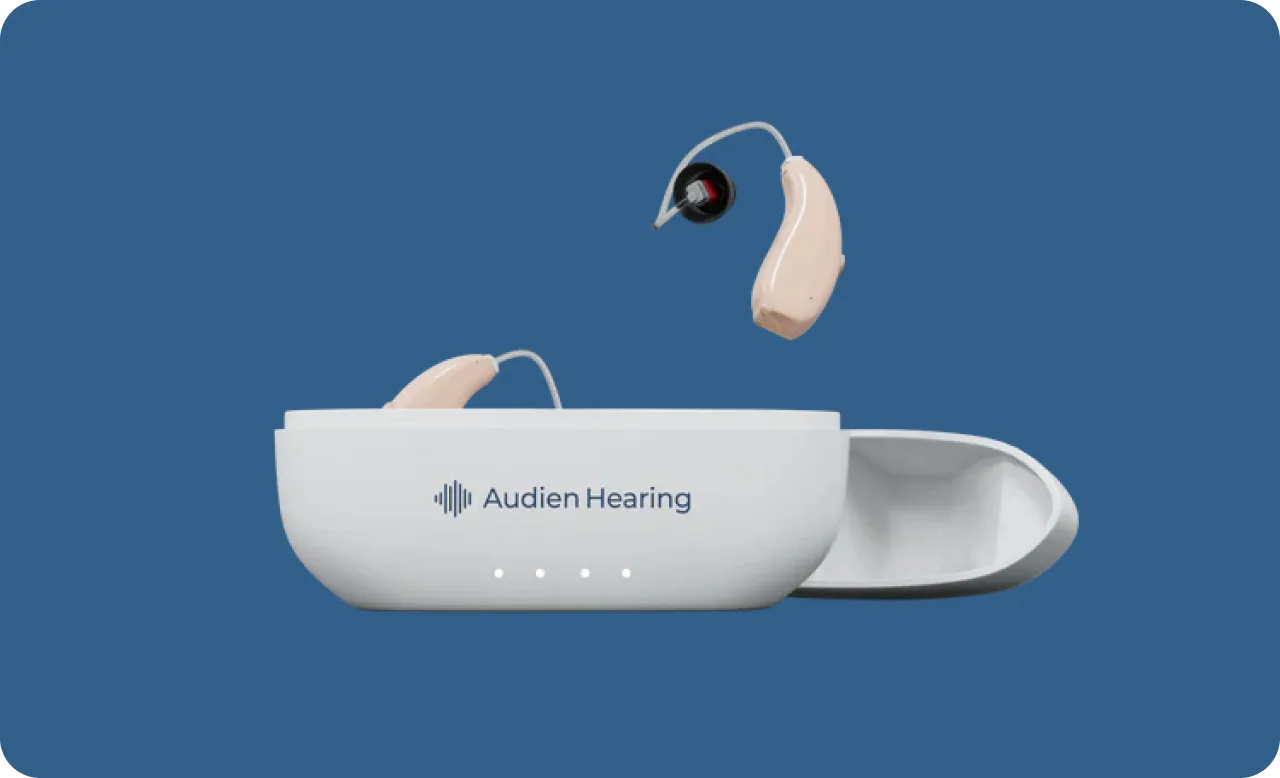
Best Noise Canceling Headphones for Sleep: Comfortable Options
Short answer: yes, they can. Longer answer: it depends on your noise, your ears, and your pillow. Here's the thing—sleep is weirdly personal. What knocks me out might keep you wired. But if city hum, a snoring partner, or creaky radiators are the villains in your bedtime story, Noise Canceling Headphones for Sleep might be the quiet sidekick that finally shows up on time.
What “noise canceling” actually cancels
ANC (active noise canceling) listens to the world with tiny microphones and plays an equal-and-opposite wave to neutralize it. It's magical with steady, low rumbles—airplanes, HVAC, traffic whoosh. It's less perfect with talking and sudden sounds, which are choppy and unpredictable. So you'll probably still hear your alarm, and honestly, that's good. Noise Canceling Headphones for Sleep shine when your problem is the constant hum, not the random bark at 2 a.m.
Silence vs. sound: the surprising winner
Believe it or not, pure silence isn't always the goal. A gentle bed of brown noise or rain can stop your brain from chasing every creak in the house. ANC reduces the outside junk; a calm sound layer fills the gaps so your mind stops scanning for threats. That's the combo a lot of folks find dreamy—ANC plus quiet, predictable sound at a whisper volume.
Who actually benefits (and who probably won't)
If the noise keeping you up is steady—city traffic, fridge compressor, neighbor's AC—you're the sweet spot. If it's a partner's snoring, ANC plus a little masking (brown noise) usually helps more than ANC alone. Light sleepers who need to hear a baby monitor or doorbell should go gentle: lower volume, transparency mode, or even one earbud. And if you hate the feeling of anything on your head, no judgment—earplugs and a bedside sound machine might be smarter than forcing Noise Canceling Headphones for Sleep to do all the work.
Over-ears, earbuds, or a sleep headband?
Quick reality check. Over-ears have the strongest ANC, but side sleeping can feel like a watermelon between your head and the pillow. If you sleep on your back, they're comfy clouds. Earbuds are low-profile and great for side sleepers if the nozzle is short and the tips are soft—foam tips often seal better at lower pressures. Sleep headbands? Super comfy, easy to forget you're wearing them, but usually it's passive isolation or gentle masking, not heavy-duty ANC. Pick your comfort first; even the best cancellation is useless if you keep adjusting it at midnight.
Safety and volume (the part your future self will thank you for)
Keep the volume low—under 60% on your phone, or roughly conversation level (think below ~60 dB). You shouldn't have to drown the world to sleep. Wireless beats wired for obvious tangle reasons. Set your sound app to stop after an hour so your ears get some quiet. And if your canals get sore or itchy, take a night off and clean the tips—your ears will mutiny if you ignore them. ANC itself isn't harmful, but long nights with high volume can be. Your alarm should still be audible at sane levels; test it once so you don't wake up at noon on a Tuesday.
How to set it up so it just works
My sleepy-night ritual is simple. Fit first—swap to smaller tips if anything aches when you lie on your side. Choose brown noise, gentle rain, or a fan track; brown noise is less hissy than white and tends to feel warmer. Volume low enough that you can still hear your breath. Set a 45–60 minute timer. Charge your buds before bed so you don't wake to the "battery low" chirp that makes you question everything. Little tweaks like these turn headphones from a gadget into a habit.
When not to force it
If you wake up with ear tenderness, skip a night. If you get frequent ear infections, talk to your clinician before sealing your ears for 7–8 hours. If you need to be highly aware of your surroundings, go with gentle masking and passive isolation instead of full-on ANC. Noise Canceling Headphones for Sleep are a tool, not a badge of honor—you win when you snooze, not when you endure.
A quick word on alternatives
Foam earplugs are cheap and surprisingly effective if you nail the fit (roll, pull up your ear, insert, hold). A bedside sound machine adds soft room-filling noise without touching your ears. Heavy curtains and a draft-stopper can cut street noise more than you'd think. It's okay to mix and match—sleep isn't one-size-fits-anything.
So... do they help?
For a lot of people, absolutely. The right pair turns your bedroom into a quieter, kinder place—and that alone can shrink the time it takes to drift off. If you want my take on which models actually work in a real bed, not just on a spec sheet, I put together a no-nonsense roundup at Consumer's Best. Search for the Consumer's Best review of noise-canceling sleep headphones and you'll find my picks, what I love, and what made me grumpy at 1 a.m. Fair warning: comfort matters more than any spec sheet brag, and I don't sugarcoat that.
Frequently Asked Questions

Audien Hearing Aids Reviews: Affordable Hearing Solutions?
Audien Hearing aims to make sound amplification accessible with its range of highly affordable hearing devices. These direct-to-consumer products offer a simple solution for those experiencing mild hearing difficulties who are seeking a budget-conscious entry point into hearing enhancement.






